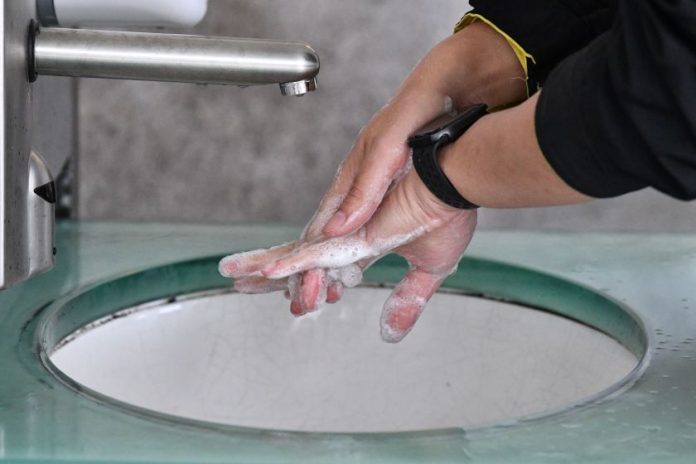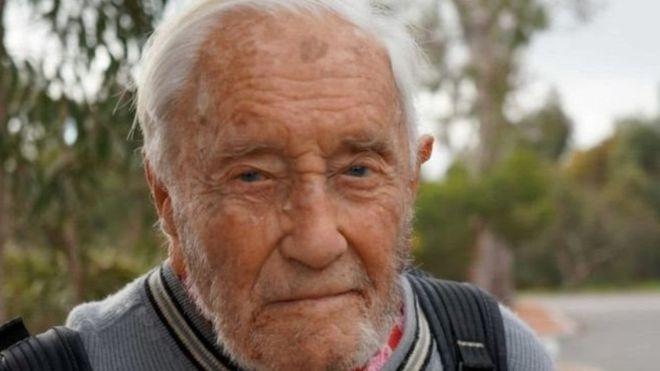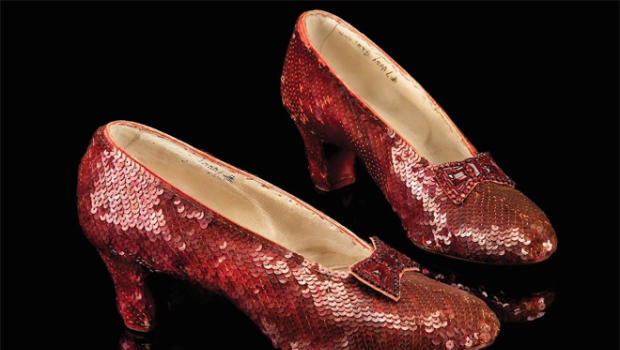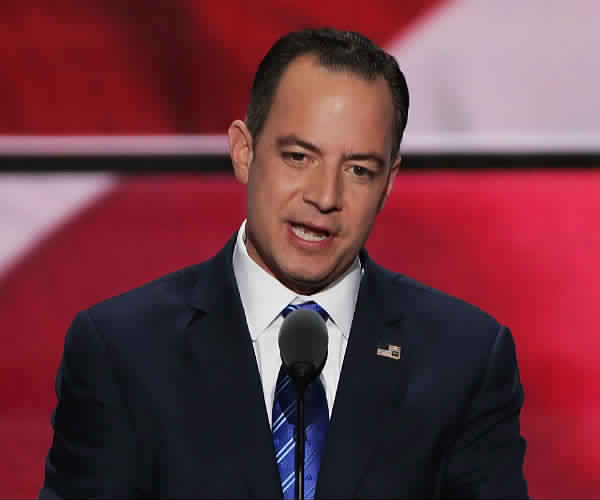It’s this simple: If you wash your hands correctly, you’ll lower your chances of getting COVID-19.
Motivated yet?
You probably wash your hands before eating and after using the bathroom. (If not, start immediately!) But there are other times you should wash up throughout the day while you’re out and about. Pay attention to all the germy surfaces you touch — elevator buttons, a shopping basket, armrests on a chair, someone else’s phone, everything at an airport.
Here’s the problem: It’s almost inevitable that you’ll later touch your face unconsciously. Periodic washing throughout the day will keep whatever was on the escalator handrail or supermarket self-checkout machine from getting inside your body. Think of the extras as bonus washes. If you’re nowhere near a sink, use hand sanitizer.
Even if you’re not sick, wash your hands after blowing your nose, sneezing or coughing.
But you can’t just splash some water on your hands and call it a day.
When you only kind of half-wash, you’ve still got plenty of potentially harmful germs on your hands.
Here’s the right way to wash
First, wet your hands thoroughly. Warm or cold water are both fine. Hot water from a tap doesn’t do anything special. (Boiling water would — but don’t use boiling water.)
Apply enough soap to create a lather. (If it’s a bar of soap that’s been sitting around, give it a good rinse before using it.) If there’s no soap in a public restroom, scrubbing vigorously and for a long time under running water is better than nothing. Apply hand sanitizer afterward if possible.
OK, start scrubbing. You can turn the tap off while you scrub to save water.
Keep scrubbing till you’ve hit every surface of your hands.
Clean the outsides, tips and between your fingers.
Clean both your palms and the back of your hands.
Scrub the exposed part of your wrist.
Clean under your nails.
This should all take about 20 seconds*.
Rinse all the soap off.
Ideally, paper towels are available. If you have a choice, don’t use hand blow dryers. They increase your exposure to fecal bacteria and other germs floating around in restroom air.
Use one paper towel to turn off the tap, and another to dry your hands thoroughly.
If you can, use yet another paper towel on the door handle.
Throw the paper towels in the trash.
When you spell it all out, it sounds obsessive and extreme.
But that really is the way to do it right. Even if we get past COVID-19 this year, seasonal flu is no joke.
And if someone says coronavirus has them worried, remind them that there’s at least one thing they can do about it. They may be annoyed, but spreading hygiene beats spreading disease.
One last note: If you’re the person in charge of supplies, sealed liquid soap refills are much, much better than open-top dispensers. If not completely emptied and cleaned out, the bottom of a perpetually refilled dispenser can grow a bacterial sludge deposit. The worst of these leave a user’s hands more contaminated after washing than they started out.













